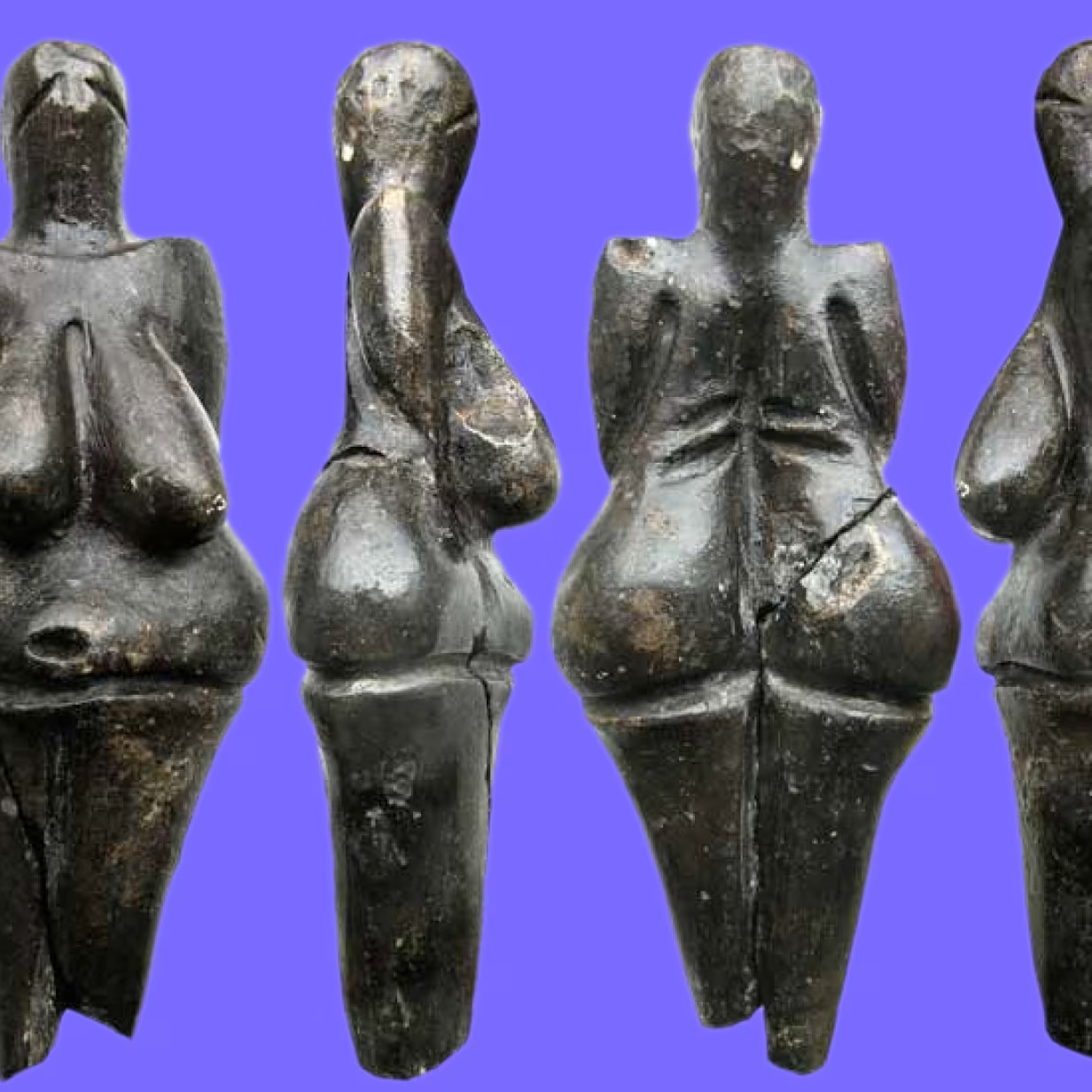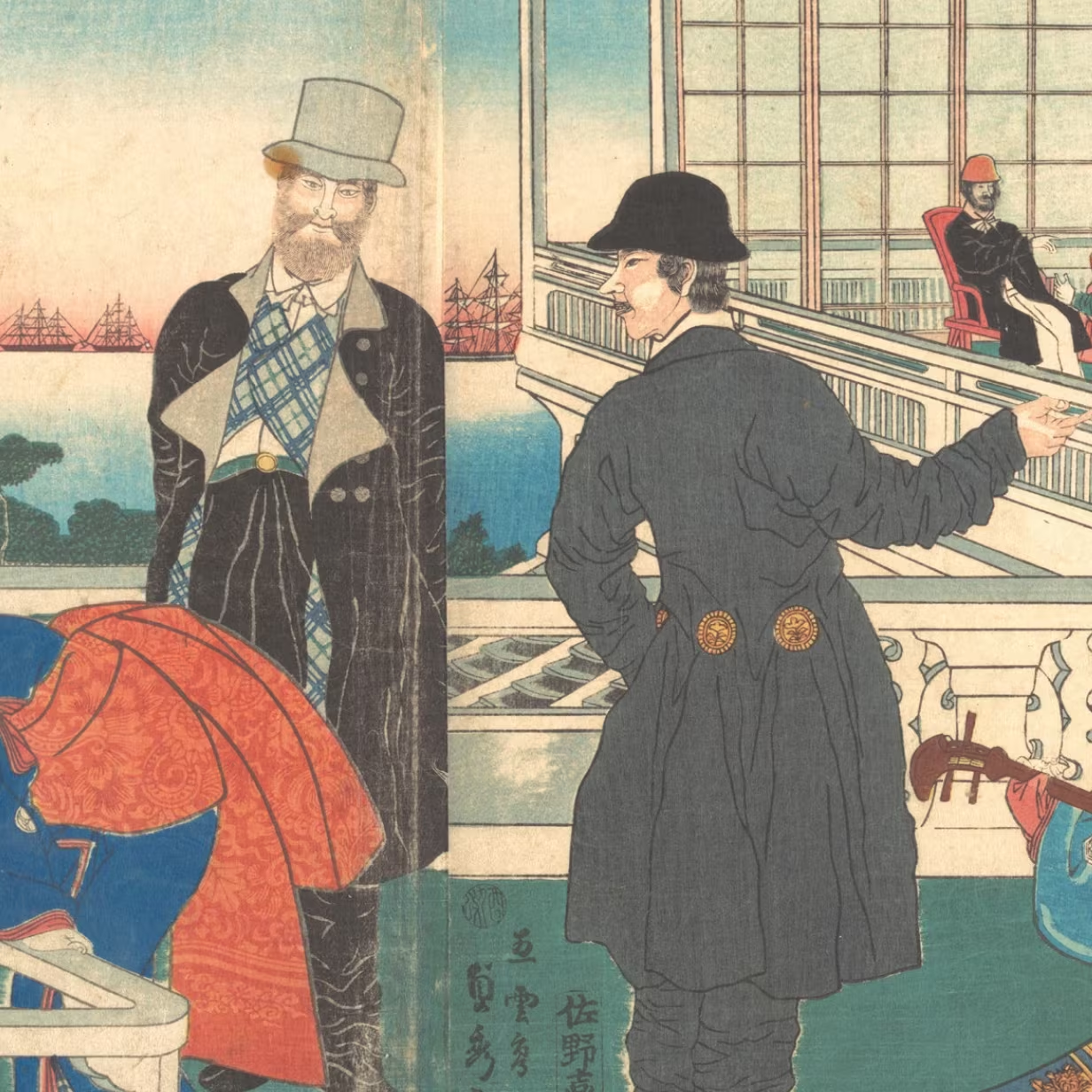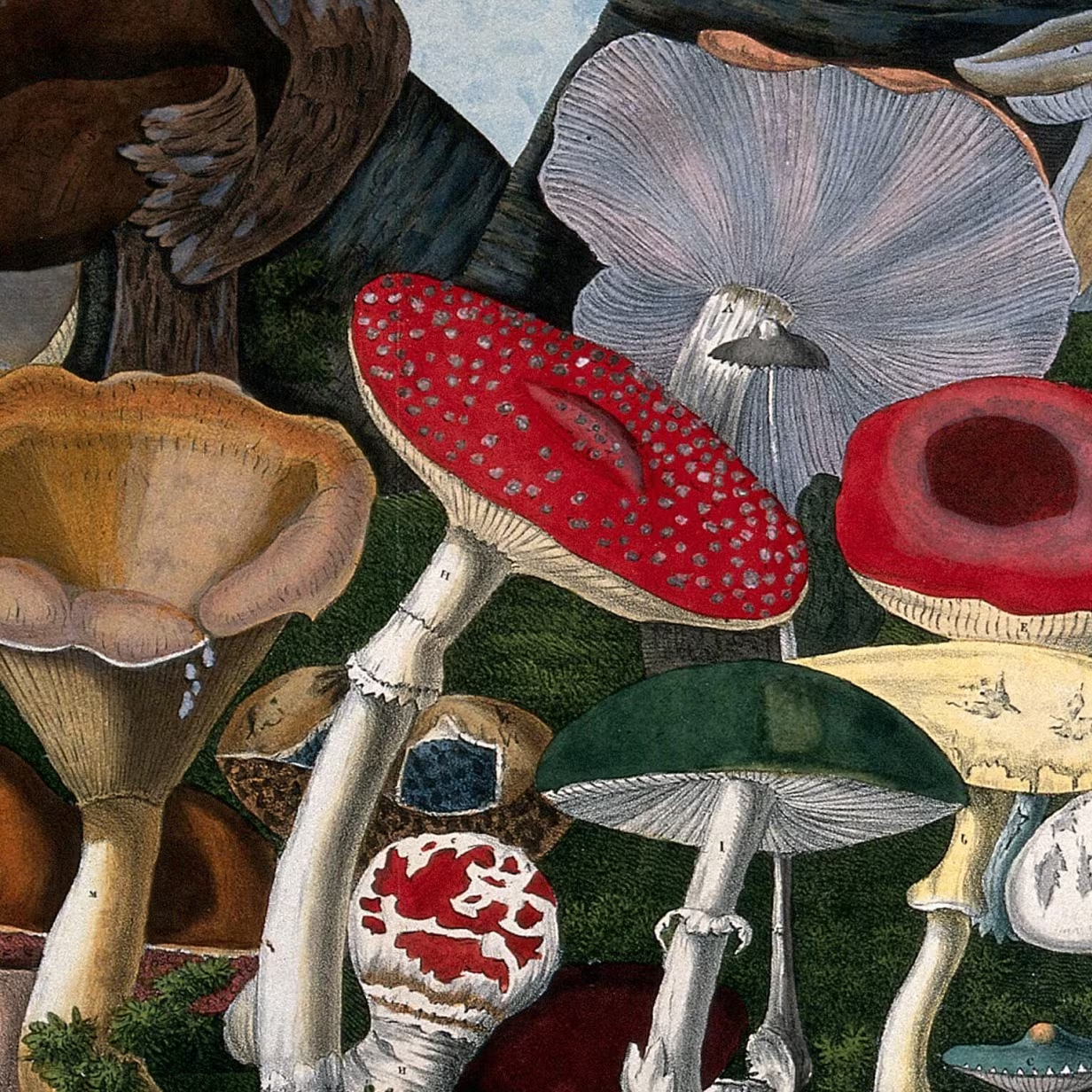
Friction in the Natural World
Friction shapes how dominos fall, earthquakes rumble, and honey flows. Reflect on how it also shapes your goals.
Key Takeaways:
- Friction appears in many forms—from kinetic and static forces in earthquakes and dominos to viscosity in liquids like honey.
- Static friction holds objects in place, while kinetic friction moves them, creating heat, energy, or momentum shifts.
- Viscosity is liquid friction, explaining why honey flows slowly while vodka pours quickly.
- Friction also applies to human behavior, interfering with motivation and change, often at critical final steps.
- Identifying and reducing friction can improve both progress and persistence, whether in physics or personal growth.
We all know what friction is – it’s the resistance you get rubbing one thing against another thing. But scientists distinguish between several kinds of friction1, and these frictions are important for understanding everything from how dominos fall to why molasses is harder to pour than tea.
Let’s start with the obvious friction: kinetic friction, the force acting between two moving things (or one thing moving across a stationary thing). Think of sliding sandpaper across a piece of wood. Here you’re using kinetic friction to your advantage, to smooth the wood. Kinetic friction always creates heat – that’s why rubbing your hands together warms them up or rubbing two sticks together can (if you’re really persistent) start a fire.
Unlike kinetic friction, which is generated by moving objects, static friction is the kind of friction that keeps stationary objects from moving. When your car is parked on a hill and it doesn’t slide down and into a river, that’s because there is static friction between the rubber in the tires and the asphalt underneath them. Ditto for rocks that aren’t sliding down mountains – the force of static friction between these two objects is stronger than the force of gravity that would pull the rocks down.
The interesting part here is how static friction and kinetic friction play against each other. Think about an earthquake. Two plates of the Earth’s crust are being pushed in opposite directions, but the static friction between them holds them in place so neither moves. Eventually, the force moving the plates becomes too much for the static friction to resist, and it gives way to kinetic friction as the plates rumble past each other, shaking the ground below our feet. Scientists at CalTech are building plastic models of tectonic plates and rubbing them against each other to understand whether static friction gives way to kinetic friction all at once or in a more gradual manner.2

Image courtesy U.S. National Park Service.

Modified from Parks and Plates: The Geology of our National Parks, Monuments and Seashores, by Robert J. Lillie, New York, W. W. Norton and Company, 298 pp., 2005, www.amazon.com/dp/0134905172.
Or think about dominos falling. There’s static friction between each domino and the floor beneath it, holding the dominos in place. When the first domino knocks down another, it creates kinetic friction between the two dominos. The static friction and kinetic friction will be in competition – if there’s a lot of static friction (say because the dominos are on a rough surface instead of smooth tile) then you’ll need more kinetic friction (say a harder initial push) for each domino to knock others over. Scientists study simple systems like falling dominos to ask deeper questions about the physics of friction.3
When we think of friction we think of solid objects rubbing together, but friction exists in liquids too. Viscosity tells us about friction within a liquid. Think of a really thick, viscous liquid like honey compared to a watery liquid that flows easily like vodka. This is all a matter of molecules within a liquid rubbing against each other. The molecules in honey naturally tend to form small, invisible layers. Those layers rub against each other, creating friction, which keeps the honey from flowing very quickly. This is why, when you turn the little honey bear upside down, it seems like it takes forever for enough honey to ooze its way out. Molecules in vodka, on the other hand, don’t form layers. It’s utter chaos inside vodka, with everything bouncing off everything else in every direction. Because there are no layers that form in vodka, there’s very little friction, and so the vodka flows quickly.
You can change the amount of friction in a liquid pretty easily. You might remember from school that when you heat something up, the molecules that make up the substance move faster. If the molecules in warm honey are bouncing around more quickly, they can’t form layers. So there’s less friction, and the honey flows more easily when it’s heated. This is why thick viscous liquids like turkey gravy become more watery when you heat them up.

Wooden drums known as lunet were used as musical instruments in northern New Ireland during malagan ceremonies, elaborate feasts that honored the dead. Drums have an elegant simplicity of form and decoration limited to a series of carved, almond-shaped eyes inset with opercula, a calcified plate that closes the aperture of a snail's shell. Known as "friction drums," lunet have three sound-producing wedges (or "tongues") on top, which a musician would have rubbed their moistened hands across, to create a unique blend of tones reminiscent of the cry of the bird for which the drum was named.
Image courtesy The Metropolitan Museum of Art.
Author Roger Dooley writes that friction interferes with changes we want to make in our behavior. In his book, "Friction," he describes friction as "the mortal enemy of motivation."
Reaching that last milestone in a goal can be frustrating because friction often occurs at the end of the journey (imagine coasting down a slide and you can't quite make it to the end because friction stops your momentum).
Think about a change you're trying to implement. Are you experiencing friction? Imagine how you can propel yourself past the obstacle. Write down 3 ideas to keep your momentum moving forward.
References
1 Ghose, T. & Harvey, A. What is friction? LiveScience, February 8 2022.
2 How friction evolves during an earthquake. The Caltech Weekly.
3 D. Cantor and K. Wojtacki, “Effects of friction and spacing on the collaborative behavior of domino toppling,” Phys. Rev. Applied 17, 064021 (2022).
Build your practice of daily discovery.
7 days free.

Sign up for more bites of curiosity in your inbox.
Ongoing discoveries, reflections, and app updates. Thoughtful ways to grow with us.

















.svg)


